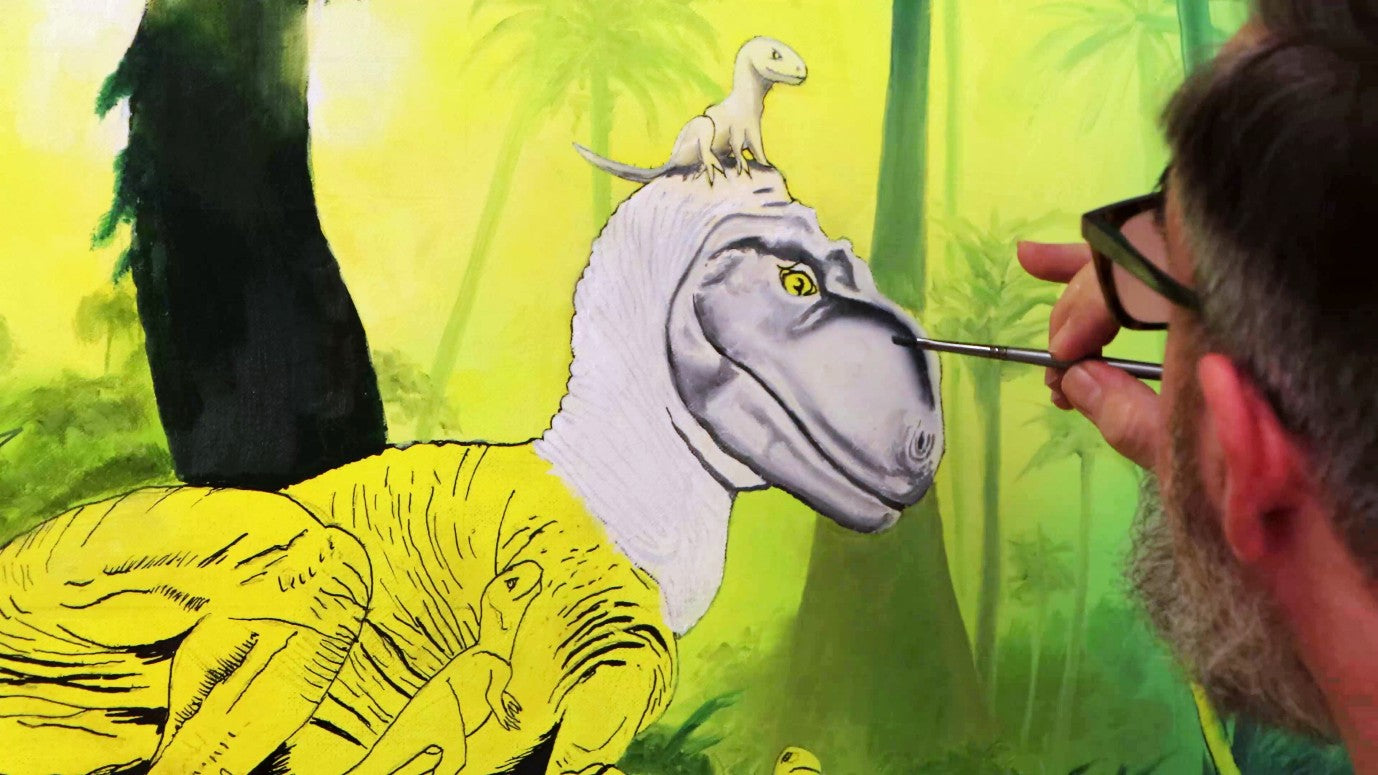Pastel pencils look a lot like coloured pencils but how are they different? We’ve bundled together our most commonly asked pastel pencil questions, from how to use pastel pencils to how to sharpen pastel pencils, so you can sharpen your knowledge and get creating, pronto.
1. How do I use pastel pencils?

The beauty of pastel pencils is that they can be used with a range of different mediums. Whether you use them alongside hard and soft pastels for a mixed media effect, you choose to use them to add detailed line work to your drawings, or you decide to use them like pencils to create colourful, expressive sketches, the choice is yours! You can also scumble, feather and stipple with pastel pencils too.
2. What’s the difference with pastel pencils vs pastels?
Pastel pencils have a thin pastel stick inside of their wooden casing, a bit like a coloured pencil, but a lot more fragile. This casing makes them easier to control, cleaner to use and less likely to break and crumble like a soft pastel stick can. Although they might look like a pencil, care needs to be taken when sharpening pastel pencils because of their fragile insides.

3. What is the difference between pastel pencils and coloured pencils?
Although they might look similar, the difference between pastel pencils and coloured pencils comes down to the binder and the effect you’re looking for. Coloured pencils have a waxy binder inside the pencil to hold the pigment together, whilst a pastel pencil has less binder. This means a pastel pencil is more fragile (so you’ll have to take care when sharpening), but these pencils will also produce a softer colour with more vibrancy and saturation than an ordinary coloured pencil will.

4. How do you sharpen pastel pencils?
You’ll need to sharpen your pastel pencils using a hobby knife rather than a standard sharpener. Although it sounds tricky, it’s quite simple to sharpen with a hobby knife and a knife will shear away the pencil without damaging the wood or the colour strip inside.
To sharpen a pastel pencil, use your thumb to hold pressure on the pencil and use the knife to carve into the wood, starting above where the colour strip ends and the wood begins.
You can keep yourself safe by sharpening pastel pencils away from yourself, slowly and at a slight angle, making sure the hobby knife blade is sharp. We've got a handy video that explains it all here.

5. I’m looking for thin lines, how do you sharpen pastel pencils to a fine point?
For a really fine point, use sandpaper after sharpening your pastel pencils. Move the paper backwards and forwards while lightly twisting the side of the pencil onto the sandpaper, keeping the pencil at 10-15 degrees from the surface and rotate the pencil for an even sharpen, you’ll have a fine point in no time!

6. How can I blend pastel pencils?
When blending pastel pencils, you can use a paper stump, a finger or use alongside soft pastels to blend the colours together. You can try different hues of the same colour first to get a feel for how you’d like to blend your colours, starting with blues and greens to oranges and reds. Keep a kneadable eraser close by, this can help remove any mistakes or be used to create highlights on the paper. For layering, you can layer a pastel pencil over another. Try laying down a lighter colour first before adding thin, linear lines like cross hatching to create a thin overlay on top. This will create an optical blend, where the eye will blend the colours together, rather than on the paper.

7. Do pastel pencils include skin tints pencils?
They certainly do! Pastel pencils work great for creating skin tints in portraiture work, in fact our range of pastel pencils includes a set of skin tint pencils that offer an array of different tones to create realistic portraiture work. You can take a look at the Mont Marte skin tint pastel pencils here.

8. What’s the best paper for pastel pencils?
To show off your work, you’ll want pastel paper that has a fine tooth that’ll hold the pastel pigment. Lightly coloured paper will also help to show off your highlights and compliment the soft colours of your pastel pencils rather than a stark white. Our range of pastel paper includes cream, gold, green and pink which you can check out here.

9. Why do my pastel pencils keep breaking?
Pastel pencils are very fragile in nature, so this could be caused by over sharpening the pencil, not using a hobby knife to sharpen them or storing your pencils incorrectly. Be sure to sharpen and store your pastel pencils correctly to get the most out of your pencils.

10. Why are my pastel pencils not working?
There could be an inclusion in the pencil (this is a piece of the colour strip where the pigment was not mixed properly, so the pigment won't transfer). To remove the inclusion, we suggest using sandpaper to rub it out of the colour strip. The pigment should then transfer and you should be able to draw with the pencils! If you’re still having trouble, check you’re using paper that is suitable for pastels.






























